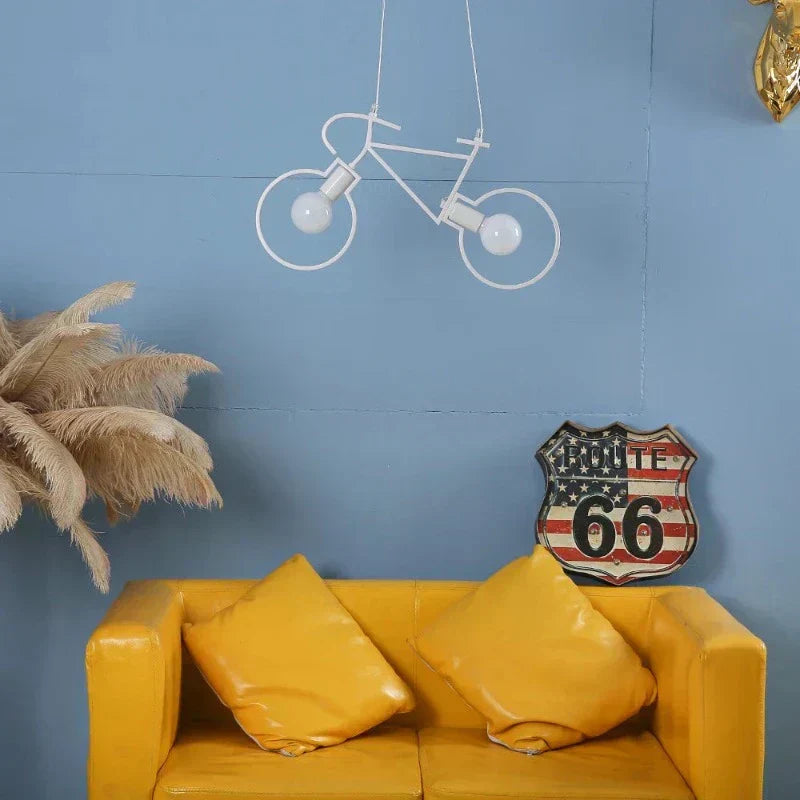Article: The Evolution of Home Decor Through the Ages

The Evolution of Home Decor Through the Ages
Home decor is far more than just arranging furniture or choosing paint colors—it’s a reflection of human history, cultural shifts, and technological progress. From the grandeur of Egyptian palaces to the sleek minimalism of modern lofts, interior design has continuously evolved, shaped by art, politics, and societal needs.
In this deep dive, we’ll explore how home decor has transformed over millennia, examining key styles, materials, and philosophies that defined each era. Whether you're a history buff, design enthusiast, or just curious about how interiors have changed, this guide will take you on a fascinating journey through time.
1. Ancient Civilizations (3000 BCE – 500 CE): The Birth of Decorative Arts
Egyptian Elegance (3000 BCE – 30 BCE): Opulence and Symbolism
The ancient Egyptians were among the first to treat their homes as works of art. Their interiors were rich in symbolism, often reflecting religious beliefs and social status.
-
Materials & Aesthetics:
-
Wealthy Egyptians adorned their homes with gold leaf, ivory inlays, and semi-precious stones.
-
Walls were painted with hieroglyphics and nature-inspired motifs (lotus flowers, palm leaves).
-
Floors were made of polished limestone, while ceilings were often painted deep blue to mimic the night sky.
-
-
Furniture:
-
Low wooden beds with lion or bull-shaped legs.
-
Ornate chests for storing valuables, often decorated with intricate carvings.
-
Folding stools for portability, a sign of status.
-
-
Decor Elements:
-
Statues of gods (like Bastet or Anubis) were common in households.
-
Alabaster lamps filled with scented oils provided soft lighting.
-
Greek & Roman Influence (800 BCE – 500 CE): Harmony and Innovation
The Greeks and Romans took home decor to new heights, blending functionality with artistry.
-
Greek Simplicity (800 – 146 BCE):
-
Focused on balance, symmetry, and mathematical proportions.
-
Homes featured marble columns, frescoes of mythological scenes, and terracotta vases.
-
Furniture was minimal—klismos chairs (with curved legs) and wooden couches for dining.
-
-
Roman Opulence (27 BCE – 476 CE):
-
Wealthy Romans embraced mosaics, underfloor heating (hypocaust), and indoor fountains.
-
Villas had open courtyards (atria) with lush gardens and marble statues.
-
Murals depicted landscapes, creating an illusion of expanded space.
-
2. The Middle Ages (500 – 1500 CE): Function Over Form
Medieval Functionality (500 – 1200 CE): Fortresses and Simplicity
Life in the Middle Ages was harsh, and home decor reflected practicality rather than luxury.
-
Nobility vs. Peasant Life:
-
Castles: Stone walls, tapestries for insulation, and heavy wooden furniture (trestle tables, canopy beds).
-
Peasant homes: Dirt floors, straw bedding, and a single hearth for cooking and warmth.
-
-
Decor:
-
Religious symbols (crosses, saints) dominated decor.
-
Candles and torches provided dim lighting.
-
Gothic Grandeur (1200 – 1500 CE): The Rise of Ornamentation
As trade and wealth grew, so did the desire for more elaborate interiors.
-
Architectural Influence:
-
Pointed arches, stained glass windows, and ribbed vaults (inspired by cathedrals).
-
Wood paneling became popular in wealthier homes.
-
-
Furniture:
-
Dressoirs (display cabinets) for showing off fine tableware.
-
High-backed chairs with intricate carvings.
-
3. The Renaissance & Baroque Periods (1400 – 1700 CE): A Return to Grandeur
Renaissance Refinement (1400 – 1600 CE): Classical Revival
The Renaissance brought back the elegance of ancient Greece and Rome.
-
Key Features:
-
Frescoes depicting mythology or biblical scenes.
-
Symmetrical layouts with geometric patterns.
-
-
Furniture:
-
Cassone (wedding chests) painted with gold leaf.
-
Credenzas for storing valuables.
-
Baroque Extravagance (1600 – 1700 CE): Drama and Luxury
Baroque interiors were all about opulence, movement, and contrast.
-
Signature Elements:
-
Gilded mirrors, crystal chandeliers, and heavy velvet drapes.
-
Trompe-l'oeil paintings to create illusions of depth.
-
-
Furniture:
-
Cabriole legs, marquetry (wood inlays), and ornate consoles.
-
4. The 18th & 19th Centuries: From Rococo to Victorian Excess
Rococo Whimsy (1700 – 1780 CE): Playful Elegance
A reaction to Baroque heaviness, Rococo was light, asymmetrical, and romantic.
-
Decor:
-
Pastel colors, shell motifs, and porcelain figurines.
-
Delicate chaise lounges for lounging.
-
Victorian Excess (1837 – 1901 CE): Cluttered Grandeur
The Industrial Revolution made decor more accessible, leading to maximalism.
-
Key Features:
-
Dark wood furniture, floral wallpaper, and taxidermy.
-
Parlors filled with knick-knacks (clocks, vases, framed portraits).
-
5. The 20th Century: Modernism & Beyond
Art Deco (1920s – 1930s): Glamour and Geometry
-
Bold colors, chrome finishes, and zigzag patterns.
-
Streamlined furniture like the Barcelona chair.
Mid-Century Modern (1950s – 1970s): Clean and Functional
-
Eames chairs, teak sideboards, and open floor plans.
-
Influence of space-age design (sputnik chandeliers).
6. 21st Century: Personalization & Sustainability
Today’s Trends:
-
Minimalism (Scandinavian influence) – Neutral tones, functional furniture.
-
Biophilic Design – Indoor plants, natural materials.
-
Smart Homes – Voice-controlled lighting, modular furniture.
Final Thoughts: What’s Next?
Home decor will continue evolving with AI-driven design, sustainable materials, and even virtual reality interiors.
Which era inspires your home? Share your thoughts below!



